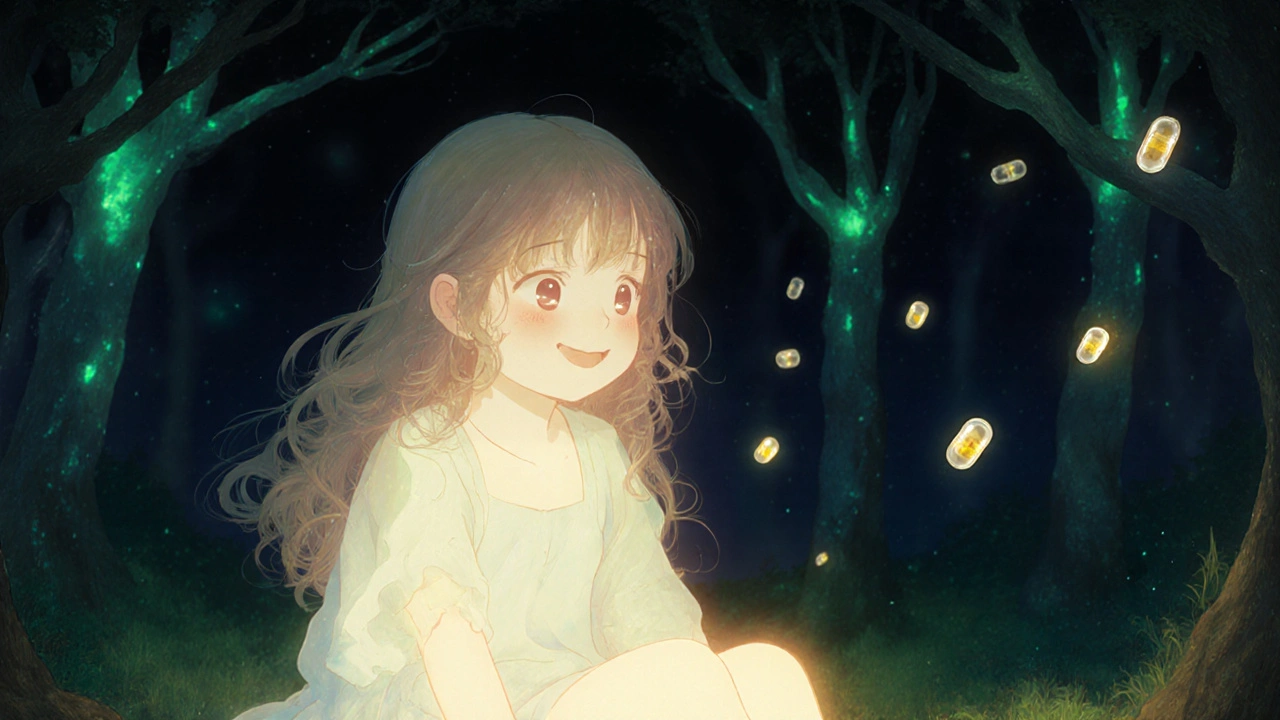Tooth Staining in Kids: Causes, Common Culprits, and What You Can Do
When you notice tooth staining in kids, discoloration on children’s teeth that can range from yellow to brown or even gray. Also known as children's tooth discoloration, it’s not always from poor brushing—it’s often tied to medications, diet, or early exposure to certain substances. Many parents assume it’s just sugar or not brushing enough, but sometimes the real cause is something hidden—like an antibiotic their child took for an ear infection.
One of the biggest offenders is minocycline, an antibiotic sometimes prescribed for severe acne or chronic infections in older children. Even a short course can cause permanent gray or blue-gray stains on developing teeth, especially if used before age 8. It’s not the only one—fluoride, a mineral added to water and toothpaste to prevent cavities, can also lead to white spots or streaks if too much is swallowed during early childhood. This isn’t about skipping fluoride—it’s about getting the dose right. Too much too early, and you get fluorosis. Too little, and you risk cavities. It’s a tightrope walk.
Other common causes include iron supplements, which can leave dark lines along the gumline, and frequent sipping of sugary drinks or juice, which leads to surface stains and decay. Even some pediatric liquid medications contain coloring agents or high sugar content that cling to enamel. The key isn’t just brushing harder—it’s understanding when and how these substances interact with growing teeth.
What makes this tricky is that tooth staining in kids doesn’t always show up right away. Stains from antibiotics or excess fluoride can appear months or even years after exposure, once the permanent teeth start coming in. That’s why it’s not just a dentist issue—it’s a conversation you need to have with your pediatrician every time a new medication is prescribed. Ask: "Could this affect my child’s teeth?" Most doctors don’t bring it up unless you ask.
And while professional whitening isn’t an option for young kids, there are safe ways to manage it. For surface stains, gentle polishing by a pediatric dentist helps. For deeper stains from minocycline or fluorosis, treatments like microabrasion or composite bonding can restore appearance once the child is older. Prevention is still the best tool—limit sugary drinks, use only a smear of fluoride toothpaste until age 3, and supervise brushing until they can tie their own shoes.
There’s no one-size-fits-all fix, but knowing the common causes puts you ahead of the curve. You’ll spot early signs before they become big problems, and you’ll know which questions to ask when your child needs medicine. Below, you’ll find real guides from parents and doctors who’ve dealt with this exact issue—whether it’s tracking side effects of antibiotics, choosing safer alternatives, or understanding what dental visits actually involve for stained teeth.
Tetracyclines and Tooth Discoloration: What Parents Need to Know About Pediatric Antibiotic Safety
- DARREN LLOYD
- 14
New evidence shows doxycycline, a tetracycline antibiotic, is safe for children under 8 when used for short courses. Learn why outdated warnings about tooth staining no longer apply - and when this antibiotic can save a child's life.
READ MORE
